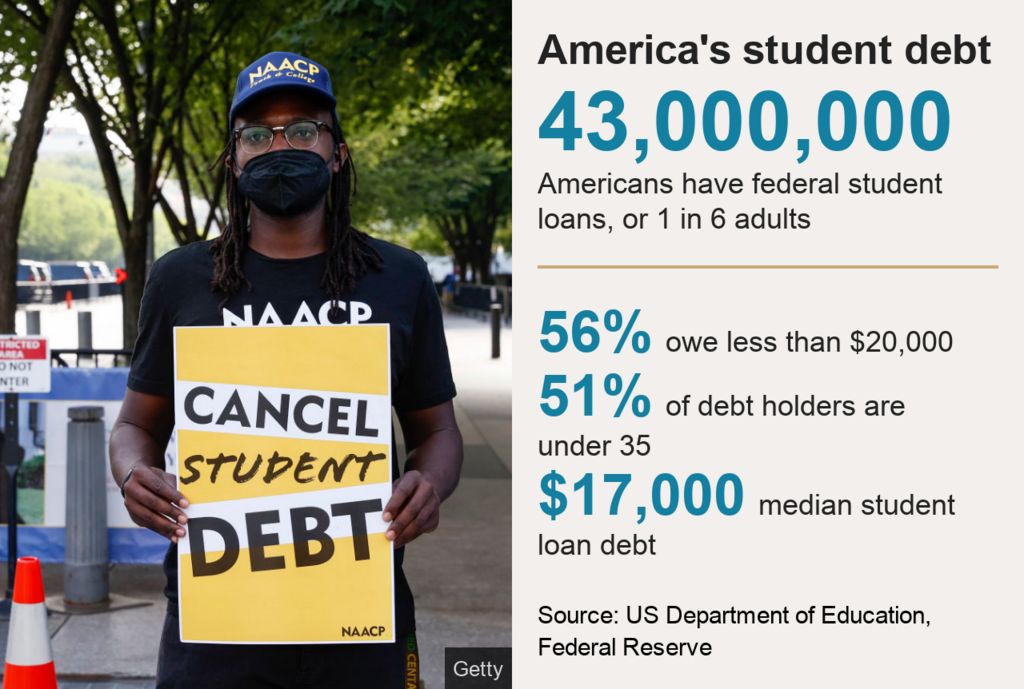
Your credit score will likely be good, despite some differences between these models. Similarly, bad scores will remain bad. Each credit scoring model uses different methods to calculate your score. All of them have the same goal, predicting credit risk. This means that your score will reflect this risk.
New credit scoring model
All three credit reporting agencies in the United States will be able to access the FICO10 credit scoring tool by 2020. It is expected to increase credit scores of 40,000,000 consumers while lowering scores of another 110 million. It uses trended data to predict the likelihood of default. A higher FICO score will be awarded to consumers who have a good payment history and a lower balance than those who have a high balance.
FICO10 uses a multidimensional approach in credit scoring. It contains trend data regarding revolving balances and minimum payments, as well the amount that has been paid towards any outstanding balances. These data points allow the FICO 10 model identify consumers who pay their accounts on time. This reduces the impact of one event. This means that only one payment to pay for a vacation is not likely to have an impact on your score. A series of late payments or high interest debts will have a larger impact.

Modifications to models previously used
A number of new changes have been made to credit scoring systems since the recent release of FICO 10, the credit score model. New data and algorithms are used to calculate credit scores in the new model. The average score increase for almost 40 million consumers will be 20 points. The changes are aimed at reducing disparities between the scores of consumers who have different credit histories.
One modification to the scoring model is the inclusion of trended information, which displays credit card or debt balances in the last 24 months. This information rewards responsible use of credit cards, while harming those who are falling behind in payments. It penalizes those with multiple debts and high credit utilization.
Impact on other credit
FICO 10T, a new scoring algorithm, uses more recent data than FICO10Basic. This data is more accurate than the basic FICO10 score and helps predict a borrower’s credit risk. A basic FICO score only looks at a snapshot of a consumer's credit report at one point in time. For the credit utilization section of the score, trend data is particularly useful. Credit scores were based on the payment history for the past seven to ten year. This means that a borrower with a higher balance will have a lower credit score.
The new model takes into account the usage rate of all credit accounts and averages out the peaks and valleys. This means that even a 20-point drop in one credit account can have a huge impact on the credit scores of millions. Renters without a home can use the credit information of their landlord to see if they are eligible for loans.

Changes to UltraFICO(tm) score
Fair Isaac Corporation's credit scoring system UltraFICO was created. This score is especially useful for consumers with bad credit ratings or limited credit histories. Consumers with poor credit histories or recent financial difficulties will see their scores rise by 20 points under the new scoring system.
The new scoring system is based on more data than the traditional FICO credit score. It also incorporates cash flow data from the consumer's bank accounts. These data may not provide a prediction of a consumer’s creditworthiness but UltraFICO is meant to increase credit accessibility for all.